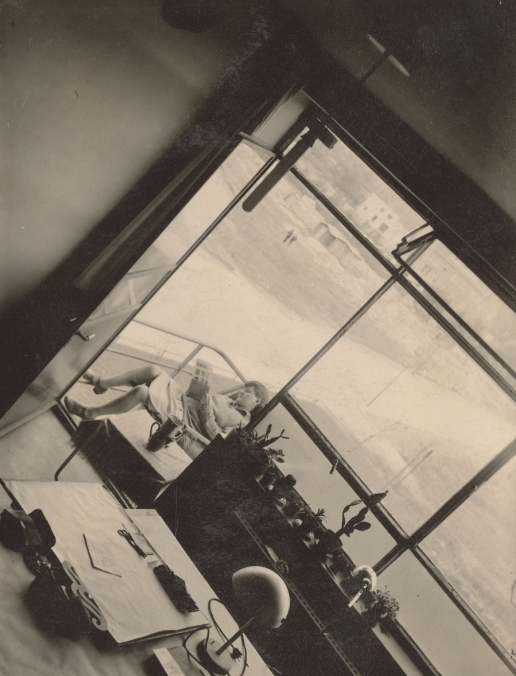100 Years of Bauhaus: Film Screening + Print Viewing

When
The Center for Creative Photography and The University of Arizona Museum of Art present this special Bauhaus event as part of Tucson Modernism Week and in conjunction with the international celebration of the Bauhaus' Centenary.
Program Schedule
1:00pm:
Opening remarks will be given by UA College of Medicine's Dr. Esther Sternberg, whose research is a remarkable intersection of health + design and speaks to the expansive influence of Bauhaus thinkers across disciplines and medias. To follow is a screening of the documentary Bauhaus: The Face of the 20th Century, which tells the story of the Bauhaus from its founding in 1919 to its closing in 1933.
2:30-4:00pm:
In addition to a special book signing of Healing Spaces: The Science of Place and Well-Being (2010) by author Dr. Esther Sternberg, the Center for Creative Photography will present a unique print viewing, entitled "One Flowchart for 'The New Vision': Photography and the Bauhaus," from the CCP's collection.
2:30 - 5:00pm:
The University of Arizona Museum of Art Exhibition, A New Unity: The Life and Afterlife of Bauhaus, will have free admission for those who attended the screening.
About the CCP Print Viewing, "One Flowchart for 'The New Vision': Photography and the Bauhaus"
Photography was an essential feature of radical experimentation at the Bauhaus, a school in Germany that involved the interrelations of architecture, art, design, and education. Though photography was not formally a part of the Bauhaus curriculum until nearly ten years after its founding, cameras were everywhere: around classrooms, in studios, at events, within artistic practices. It is Lucia Moholy and László Moholy-Nagy’s arrival in 1923 that amplified innovation in photographic expressions, techniques, and philosophies at the Bauhaus. With photograms and photomontages, with abstractions and solarizations, artists sought to achieve what Moholy-Nagy described as a “new vision”: a modern perspective for a modern world.
In 1933, as National Socialists significantly trimmed funding and imposed political restrictions on cultural production, the Bauhaus closed. A number of faculty and students immigrated from Germany, expanding their modernist ideals and experiments elsewhere. “One Flowchart for ‘The New Vision’: Photography and the Bauhaus,” drawn from the collection at the Center for Creative Photography, follows the Bauhaus’ progressive principles in image making as they moved to North America. This special print viewing reflects on the Bauhaus’ 100 years of influence on photography, arts education, and the modernist spirit.

